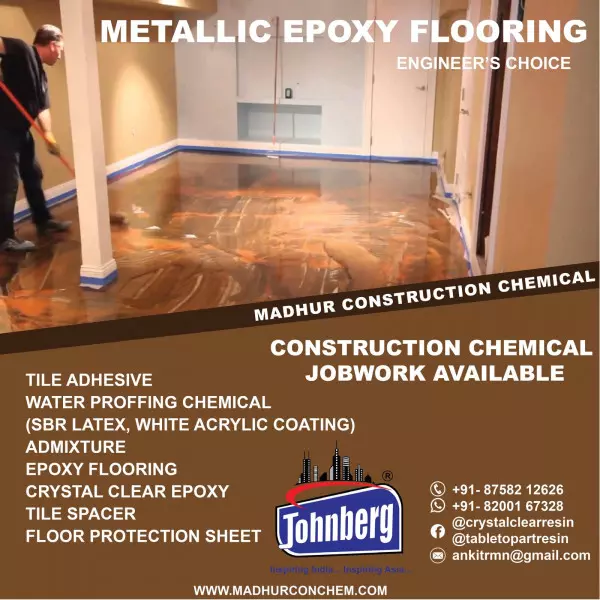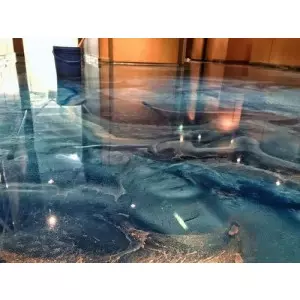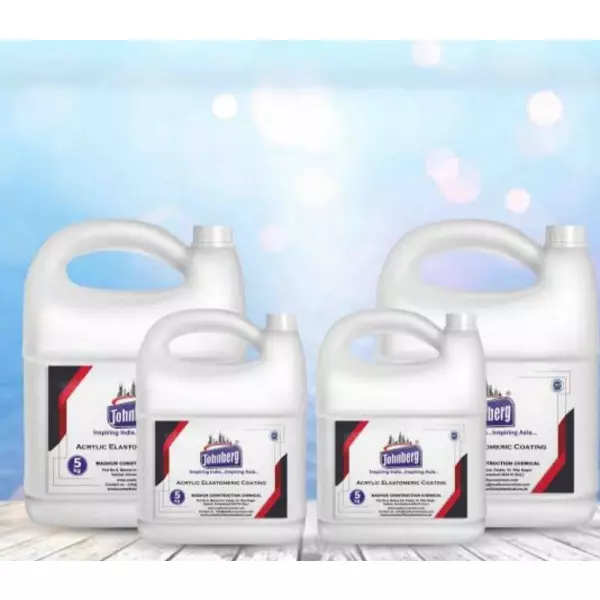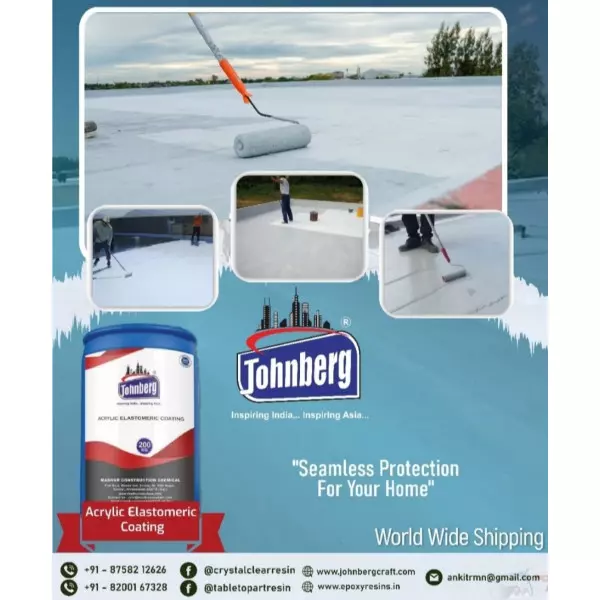- Home
- About Us
- Products
- Resin Furniture
- 3D Epoxy Flooring Service
- Resin Table Top
- Wooden Epoxy Resin Table Top
- Metallic Epoxy Flooring Service
- Conception Chemical Consultants
- Chemical Consultancy For Construction
- Construction Chemical Consultant
- Tile Grout
- Foundation Grout Consultant
- Paver Block Chemical Consultant
- Waterproofing Chemical Consultant
- Epoxy Pigment Consultant
- Heat Reflective Coating
- Water Repellent Coating
- Epoxy Grout
- Chemical Consultant
- Industrial Chemical
- Construction Chemical
- Epoxy Resin
- Epoxy Coating
- Polyester Resin
- Joint Sealants
- Cristal Clear Epoxy Resin And Hardner
- Construction Chemicals
- Polycarboxylate Ether And Liquid
- Solvent Cement
- Tile Protection Sheet
- Water Reducing Superplasticizer
- Epoxy Resin And Hardeners
- Two Component Waterproof Coating
- Epoxy Floor Coatings
- Casting Resin
- Sbr Latex Polymer
- Epoxy Grout Formulations
- Epoxy Resin Tabletops
- Tile Spacers
- Tile Levelling Spacers
- Industrial Night Vision Epoxy Grout
- Sbr Latex
- Johnberg Marble Polishing Liquid
- Acrylic Elastomeric Coating
- Weber Tile Adhesives
- Decorative Arts
- Resinic Crafts
- PU Flexible Tile Adhesive
- Resin Pressed Flowers
- Dry Pressed Flower
- Epoxy Putty
- Resin Furniture
- Services
- Updates
- Gallery
- Contact Us
Metallic Epoxy Flooring Service In Maharashtra
Details of Metallic Epoxy Flooring Service
Metallic epoxy flooring is a decorative and highly durable type of epoxy floor coating that incorporates metallic pigments to create a shimmering, three-dimensional, and marbled effect. It's popular in residential, commercial, and industrial settings for its aesthetic appeal and performance characteristics.
What Is Metallic Epoxy Flooring?
Metallic epoxy flooring consists of:
Epoxy resin base – A two-part system (resin + hardener) that cures into a durable, glossy surface.
Metallic pigments – Finely ground metal particles (usually mica or aluminum-based) suspended in the epoxy to create a swirling, reflective finish.
Optional topcoat – Often a polyurethane or polyaspartic layer for added UV stability, slip resistance, and gloss.
Appearance
Highly reflective, glossy, and 3D appearance
Customizable color combinations and effects (marble, lava flow, galaxy, water ripple, etc.)
No two floors look the same—every installation is unique
Key Properties
Property Details
Durability Highly resistant to wear, impact, and chemicals
Seamless Finish No grout or seams, reducing places for bacteria/dirt to collect
Water & Stain Resistance Epoxy is non-porous and resists liquids and most stains
Longevity Can last 10–20 years with proper maintenance
Low Maintenance Easy to clean with water and mild detergent
Ideal Applications
Residential: Garages, basements, kitchens, living rooms
Commercial: Showrooms, retail stores, offices
Industrial: Lobbies, restaurants, studios, gyms
Installation Process (Simplified)
Surface Preparation – Grinding, shot blasting, or acid etching to ensure proper adhesion.
Priming – Applying a base coat to seal and prepare the concrete.
Metallic Epoxy Application – Pigments mixed into the epoxy and poured/rolled to create desired effects.
Design Manipulation – Using solvents, brushes, trowels, or heat guns for desired swirl/marble patterns.
Topcoat Application – UV-stable clear coat for added protection.
Note: Professional installation is recommended for best results.
Cost Estimate
Average Cost: $8 to $15 per square foot (installed)
Factors affecting cost:
Size and condition of the floor
Complexity of design
Number of coats and type of topcoat
Location and labor rates
Pros & Cons
Pros
Stunning, custom appearance
Durable and chemical-resistant
Easy to clean
Long-lasting
Seamless surface
Cons
Expensive compared to plain epoxy
Requires professional installation
Can be slippery if not treated with anti-slip additive
May yellow over time if not UV-protected
Maintenance Tips
Sweep or vacuum regularly to remove grit
Mop with a gentle cleaner (avoid harsh chemicals)
Apply a fresh topcoat every few years if needed
Use floor mats or pads under heavy furniture
Offered Service
Metallic Epoxy Flooring Service
Provide Services InResidential BuildingUsage/ApplicationSpray, Roller And SpatulaMinimum Flooring Area(In Sq Ft)100 Sq FtFeaturesChemical Resistant,Impact Resistant,Abrasion ResistantAMCYesNo. Of Year In Business7 YearShelf Life2 YearAvailable ServicesInstallation & Re-IstallationSpecialisation ForMetallic Epoxy FlooringWarrantyYesWorksmenSkilledApplication UsesIndoor/OutdoorAs Beautiful A... Read moreMetallic Epoxy Flooring Dealers In Indore
Metallic Epoxy Flooring Is A Stunning, High-gloss Option That Brings A Touch Of Elegance To Any Space. By Blending Metallic Pigments With Epoxy Resin, It Creates A Beautiful, Three-dimensional Effect That Resembles Marble, Complete With Unique Color Variations And Depth. Not Only Is This Flooring Visually Impressive, But It’s Also Incredibly Durable, Resistant To Chemicals, And A Breeze To Clean. Perfect For Showrooms, Commercial Areas, Garages, And Upscale Interiors, It Beautifully Merges Continue
Metallic Epoxy Flooring Service Provider In Bihar
Metallic Epoxy Flooring Is A Highly Decorative And Durable Flooring System That Combines Epoxy Resins With Metallic Pigments, Resulting In A Shiny, Reflective, And 3D-like Finish. It’s Typically Used For Commercial, Industrial, And Residential Settings To Create An Attractive And Long-lasting Floor Surface. Here’s A More Detailed Breakdown Of What It Involves:Components Of Metallic Epoxy Flooring:Epoxy Resin: The Main Foundation Of The Flooring System, Providing The Structural In Continue
Metallic Epoxy Flooring Service Providers In Gujarat
Metallic Epoxy Flooring Is A High Performance Decorative Flooring System Made From Epoxy Resin And Metallic Pigments It Creates A Unique Marble Like Or Three Dimensional Appearance That Is Both Durable And Visually StrikingKey Features:1 Metallic Pigments Are Mixed Into The Epoxy Resin To Produce A Fluid Effect During Application2 The Final Finish Resembles Flowing Lava Water Or Clouds With No Two Floors Looking Exactly The Same3 It Is Highly Durable Resistant To Stains Chemicals Impacts Continue




